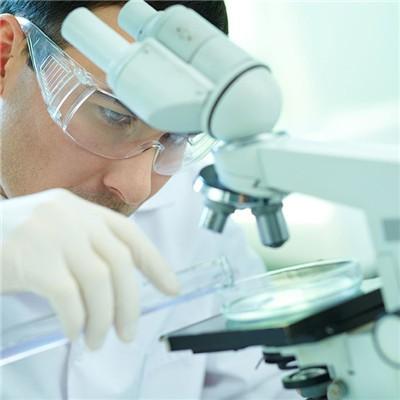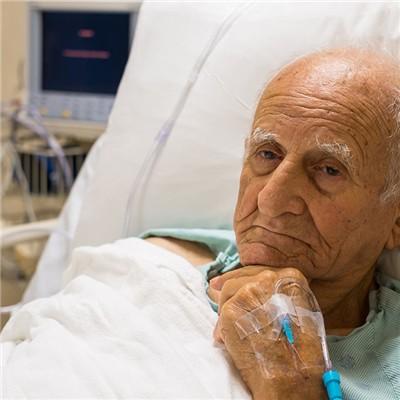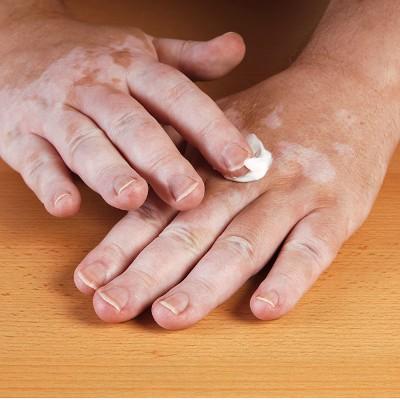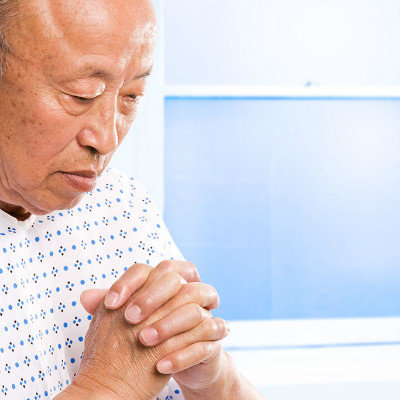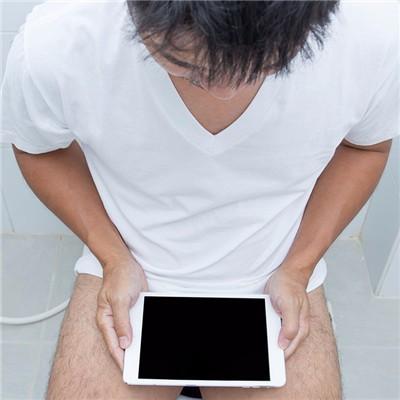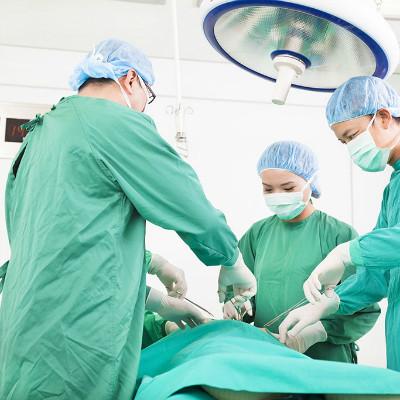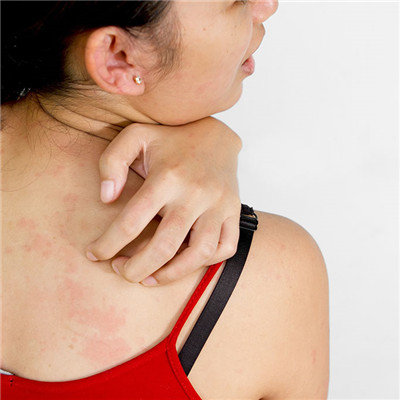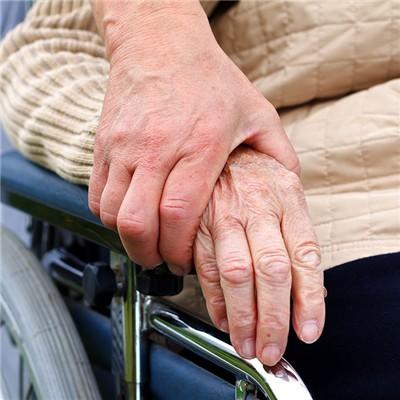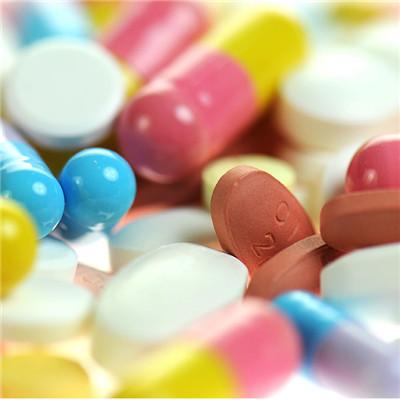What are the symptoms of kuru disease?
summary
Kuru disease is the first human prion disease to be studied. It used to be found only in the aboriginal tribes in the eastern highlands of Papua New Guinea where there was a custom of eating organs of deceased relatives. Since this custom was abolished, there has been no new cases. Kuru disease has a long latent period, ranging from 4 to 30 years. The onset of kuru disease is insidious. Patients in the prodromal stage only have headache and joint pain, followed by ataxia, tremor and involuntary movement. The latter includes chorea and myoclonus. In the late stage of the disease, progressive dementia and abnormal nerves appear. The clinical features of this disease are tremor and dementia after ataxia. Most of the patients died within 3-6 months. What are the symptoms of kuru disease?
What are the symptoms of kuru disease?
Initial stage: the patient has headache and joint pain. Trunk tremor, faltering gait and ataxia cause postural instability. The patient's subjective feeling of standing and gait instability, often conscious voice, hand and eye movements are abnormal. The speech was vague and gradually aggravated. Esotropia often appears at the beginning of the disease and persists. Dyskinesia first occurs in the lower limbs and then gradually affects the upper limbs. To maintain balance while standing, hold the ground firmly with your toes. At the beginning of the disease, the patient can not stand on one foot for a few seconds, which is very valuable for the diagnosis of the disease.
Mid stage: a few weeks later, walking difficulties, accompanied by limb shaking. Can't do it. Limb stiffness often develops further, accompanied by extensive clonus or shock like involuntary muscle movements, occasionally with hand foot bradykinesia and chorea like movements. It also occurs when suddenly stimulated by noise or strong light. Ankle clonus and knee clonus are common. Although muscle activity has been minimal, there is no fascicular or true weakness and muscle atrophy. The patient is often unstable.
Late stage: the patient will lose memory and laugh before death. This period begins when the patient is unable to sit up. Dyskinesia, tremor, speech disorders are more serious, and the patient loses the ability to move. Some patients showed extrapyramidal posture and dyskinesia. Finally, incontinence and dysphagia lead to hunger and thirst. The patient had symptoms of weakness, malnutrition and medulla oblongata involvement. Most of them died of pressure sores and pneumonia.
matters needing attention
Control the source of infection, slaughter prion disease animals and suspected disease animals, and properly dispose of animal carcasses. The effective methods to kill prions include incineration, high pressure disinfection at 132 ℃ for 1 h, soaking in 5% calcium hypochlorite or 1 mol / L sodium hydroxide for 60 min, etc; To restrict or prohibit the production of blood products and medical supplies from animal materials in epidemic areas; Patients with prion disease or any neurodegenerative disease, who have received organ extraction therapy, who have family history of prion disease or who have lived in the epidemic area for a certain period of time, can not be used as donors of organs, tissues and body fluids; To monitor the family of hereditary prion disease, to give genetic counseling and eugenics screening.
